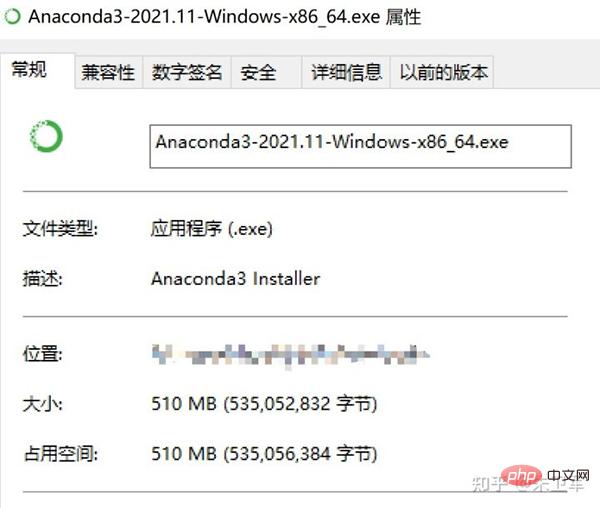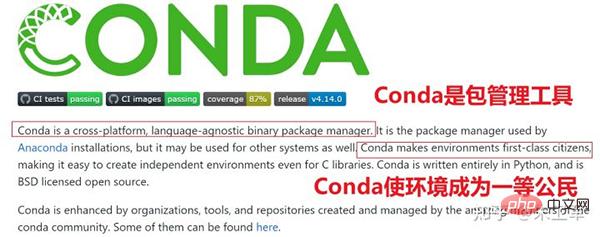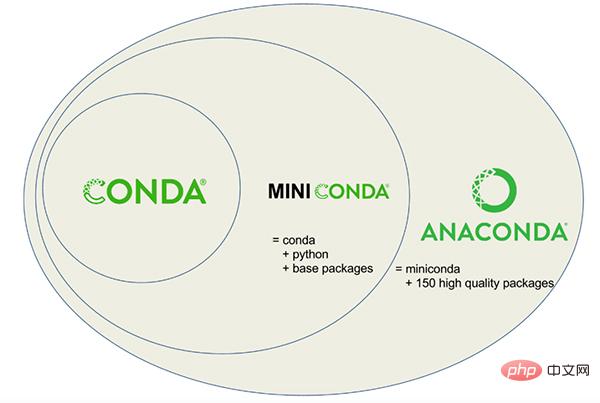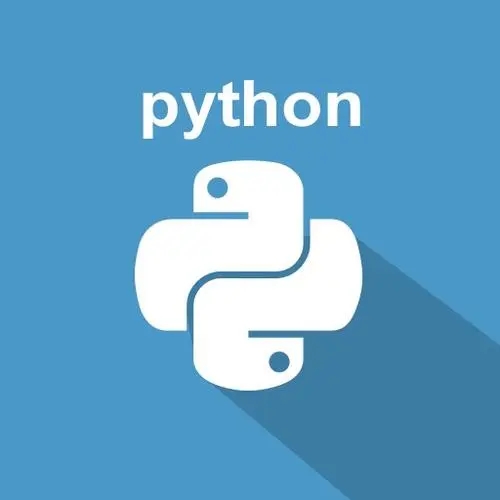
也有很多人是自己配置Python环境,而不用Anaconda,我理解有两方面原因。
首先Anaconda对数据科学很友好,但对于其他Python应用场景并不是最佳选择,更多人会使用原生python+pip+venv,去搭配自己的开发环境。
其次,Anaconda过于臃肿,光安装包就有五六百兆,占用几个G的运行空间,造成资源浪费。

如果你知道Anaconda到底是什么,就会明确该不该用它。
Aanconda是基于conda的Python数据科学和机器学习开发平台,这里有几个关键词需要画线重点解释。

conda是虚拟环境工具+包管理工具,可以用于各种开发语言,这里指Python。conda资源库有上万个第三方库,大部分都是数据科学和机器学习相关领域。

作为替代,venv、pipenv、Virtualenv等工具也可以用来创建虚拟环境,pip可以用来下载管理Python包。
Python是Anaconda自带的,无需你再次安装,而且配置好了运行环境。
数据科学是指Anaconda侧重于数据科学领域的Python开发,自带pandas、numpy、matplotlib、Jupyter等大多数主流第三方库,这也导致Anaconda体积过大。

所以综上所述,Anaconda最大特点是:服务Python数据科学和机器学习,一次安装,一劳永逸。
对于从事Python其他开发领域的人来说,并不需要上述的功能,或者完全可以用pip、venv等工具替代,那么Anaconda就不那么值得安装了。
有一些用户为了避免功能冗余,去选择Miniconda,安装包只有50M。
Miniconda是瘦身版的Anaconda,只包含Python和Conda。我也建议大家去使用Miniconda,简洁、强大。你可以使用conda去配置虚拟环境,安装各种第三方库。

总而言之,如果你不喜欢折腾就用Anaconda,喜欢折腾可以试试自己配置Python或者用Miniconda。
以上就是为什么有些人宁愿花费很多时间去自己手工配置Python环境, 也不用Anaconda?的详细内容,更多请关注php中文网其它相关文章!

python怎么学习?python怎么入门?python在哪学?python怎么学才快?不用担心,这里为大家提供了python速学教程(入门到精通),有需要的小伙伴保存下载就能学习啦!

Copyright 2014-2025 https://www.php.cn/ All Rights Reserved | php.cn | 湘ICP备2023035733号